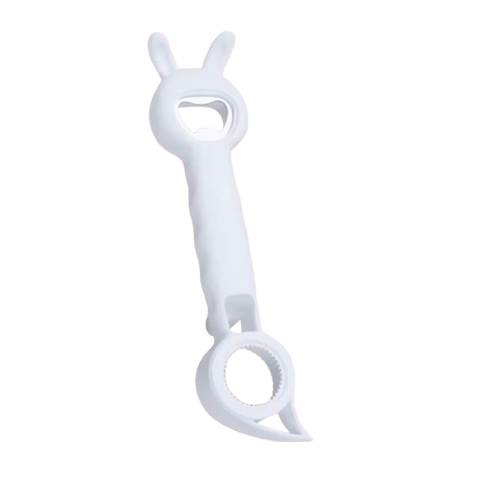As arthritis begins to complicate the day-to-day operations, most individuals soldier on a little bit further, believing, “It is not much yet”. However, that can be costly to your joints. At the earliest stage, it is possible to change the situation, relieving the patient of the negative burden, preventing the onset of damage, and simplifying life with the help of assistive devices. Let’s find out why early adoption of assistive devices prevents strain in arthritis, what tools will result in the greatest effect, and how to make them work synergistically!
The Benefit of Starting Sooner Rather Than Later
Arthritis is characterized by inflammation, cartilage erosion, and progressive increase in the level of joint sensitivity. Micro-damage may build up every time a joint is overworked or taken into unnatural postures. You can also preserve joints by wearing painful assistive aids before the stress becomes too immense. The studies on the use of assistive technology in rheumatoid arthritis do confirm this: the implementation of the devices can assist in reducing the load on joints, preserving the functional capacity, and alleviating pain in the long run.
In hand arthritis, adapted tools that redistribute and/or add leverage can be used to support delicate small joints. The assistive devices can give you the ability to maintain cartilage in the hand as well as lessen compressive forces in actions such as writing, opening jars, or turning knobs. That way, it is better to add useful tech as soon as possible to start easing the load on joints before the damage progresses faster.
How Assistive Devices Prevent Strain: Mechanisms That Help
1. Redistribution of Forces
Fingers or small joints do not have to fight the torque or grip force, but with the aid of assistive devices like jar openers, large handle tools, and reachers, this force is transferred to larger muscles or larger joints.
2. Reducing Repetition & Overuse
Strain injuries are also caused by the repetition of the same small movement. Repetitive stress is minimized with the help of electric can openers, ergonomic cutlery, or door key levers.
3. Maintaining Function & Avoiding Compensatory Injury
When you allow pain to restrict you, there is always a tendency to place more load on other joints (e.g., using the shoulder or wrist rather than fingers), but this leads to additional strain over time. Assistive devices assist you in keeping using affected joints safe without compensating badly.
4. Minimizing Fatigue & Flare-ups
Devices decrease the effort required to perform tasks, thereby diminishing muscle fatigue that can exacerbate joint pain. That will stop flare-ups or excessive stiffness following use.
Which Devices Make the Biggest Early Impact?
Although needs vary in each case, the following are some of the high-value assistive tools that can be regarded early:
-
Jar openers, lever bottle keys, and can openers:
These involve less twisting and grip stress. -
Constructed grips and ergonomic utensils:
Thicker, fatter handles reduce the finger torque. -
Reachers/ grabbers:
Allows you to pick things that are low or high, but not to have to bend or strain. -
Zipper pulls, button hooks, elastic closures:
No delicate finger work that increases stress on the joints. -
Adaptive writing tools/vertical pens:
These are handy when the joints of the hand have started to be resistant to the normal pens. -
Splints or supportive braces:
They should be used during repetitive activities to support small joints as one gets used to an assistive tool habit.
Check out our collection of Arthritis tools here!
Integrating Assistive Devices Without Resistance
-
Start with the activities that have always caused you some issues and choose one of the tools to attempt at first.
-
You can change old tools to adaptive ones, but not at once (that way, you will not be overwhelmed).
-
The device should be used regularly (even during good days) to ensure that your body becomes used to it and your joints remain safe.
-
Keep track of the way your joints react with time; the less swelling and the less pain after you do something, the better.
-
Regularly re-evaluate, since as arthritis changes, your tool set might require a change.
Read more: Thumb Arthritis Test
The Bottom Line
In arthritis management, the decision to embrace assistive devices is proactive and not reactive. You prevent strain and damage before they build up to help preserve your joints, minimize pain, and keep yourself independent. Why early adoption of assistive devices prevents strain in arthritis is no longer a theory; it is supported by the role of such devices in altering biomechanics, lessening fatigue, and safeguarding functionality. At Arthritis Aid, we feel that early empowerment support is invaluable!



























